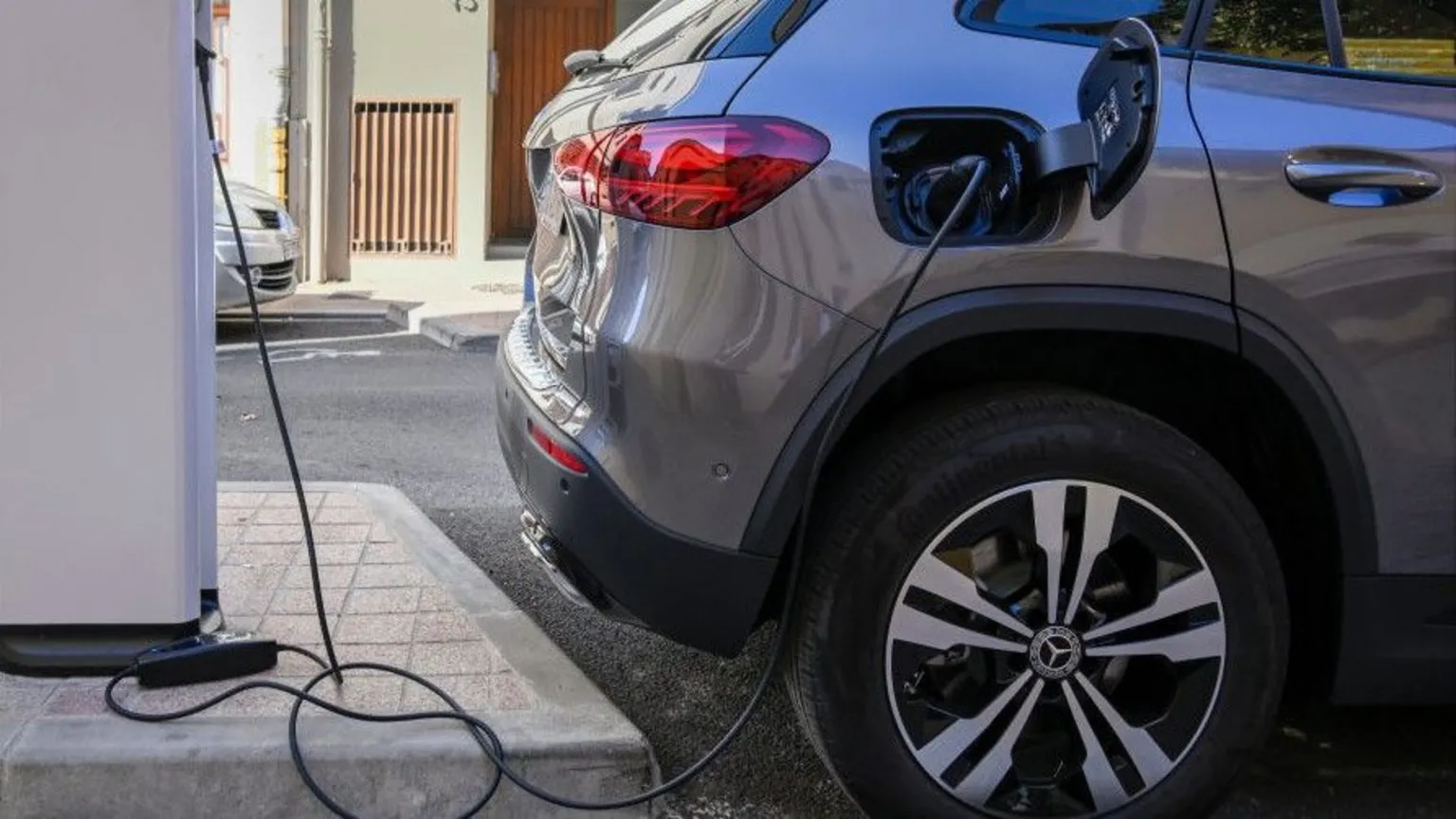
How Good Is the Battery in a Used Electric Vehicle?
As the market for used electric vehicles (EVs) grows, one major concern stands out for potential buyers — the health of the battery. Unlike traditional petrol or diesel vehicles where age and mileage were the main factors, electric cars require buyers to also assess the battery’s state of health (SOH).
For Kerry Dunstan, who purchased a 2021 Nissan Leaf with 29,000 miles on the clock, the battery’s reported SOH of 93% was enough to seal the deal. While he doesn’t find the Leaf particularly exciting compared to his electric Volvo SUV, the vehicle has performed exactly as expected over three months of use.
Why Battery Health Matters
Battery degradation can significantly affect the range and performance of an EV. Factors such as fast charging to 100%, frequent high-speed driving, or poor cooling systems can speed up this process. For example, early models of the Nissan Leaf lacked liquid battery cooling, leading to faster degradation compared to newer EVs.
Still, many users, like Mr. Dunstan, aren’t too concerned. “I charge both my EVs to 100% and put them on charge when needed. I don’t worry about it,” he says.
Battery Testing: New Tools for Used EV Buyers
Companies such as Aviloo, based in Austria, offer independent battery diagnostics to give buyers and dealers accurate health data. Aviloo provides:
- Premium testing: A plug-in device monitors real-time battery performance from 100% to 10% charge over several days.
- Flash testing: A faster, standstill test that takes under two minutes using battery management data.
These tools help detect issues with individual battery cells, offering more precision than many in-car battery diagnostics systems. Marcus Berger, Aviloo’s CEO, notes that their findings can differ significantly from what car manufacturers report.
He also challenges the idea that an SOH below 80% makes an EV unusable. “An EV with a state of health below 80% can still be a great car — it just needs to be priced appropriately,” he says.
Real Owners, Real Results
In New Zealand, EV owner Lucy Hawcroft noticed a significant drop in her Leaf’s SOH after a year, despite the car initially being rated at 95%. However, for her short commutes of 10 km or less, the reduced range (around 160 km) remains manageable. “That would be ideal,” she adds, referring to friends with EVs that offer 400 km or more per charge.
Dealerships Back Battery Reports
In Cheltenham, Cleevely Electric Vehicles uses third-party battery SOH reports from ClearWatt to aid transparency and boost buyer confidence. “Once customers have seen the report, that aids the sale nine times out of 10,” says sales director David Smith.
Importantly, battery packs can often be partially repaired, with individual modules or cells replaced — a far more affordable option than a full replacement.
The Future of Battery Longevity
Researchers like Simona Onori from Stanford University suggest there’s a balance to be struck in charging habits. While avoiding fast charging altogether isn’t necessary, excessive use may degrade the battery faster — although more studies are needed.
Meanwhile, battery tech continues to evolve. Older EV batteries managed only 500–1,000 charge cycles. Now, newer cells may offer up to 10,000 cycles, according to Max Reid from CRU Group.
Even when EV batteries degrade below vehicle-use standards, they can still be repurposed. Second Life EV Batteries, a UK-based firm, works with clients using old EV batteries to power forklifts or store energy in commercial facilities.
Paul Chaundy of the company believes clearer standards for measuring battery health are overdue. “We need more standards around that, I think,” he says.





